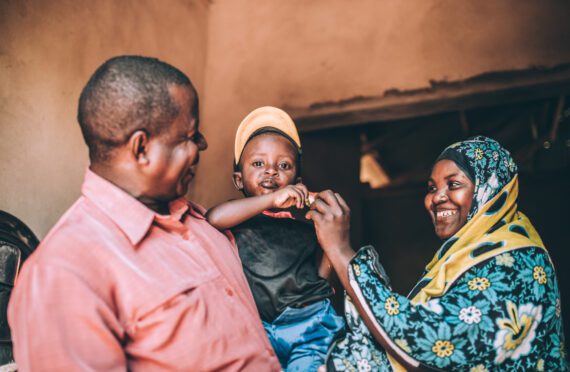Providing aid is just one way that developed countries can support developing countries in their efforts to reduce poverty and improve human development. Policies on trade, immigration, and transferring technologies, especially essential medicines, also reflect their commitment to development.
Developed countries have agreed to establish a policy environment that does not undermine efforts for developing countries to achieve the Millennium Development Goals (MDGs). Goal Eight calls for developed countries to ensure greater coherence among an array of policies critical to achieving the MDGs. On policies related to trade, migration, and intellectual property rights, the United States and other rich countries are not living up to this agreement.
Improving its policies in trade, migration, and intellectual property rights would not only prove that the United States is fully committed to global development, but also would increase the effectiveness of U.S. foreign assistance.



